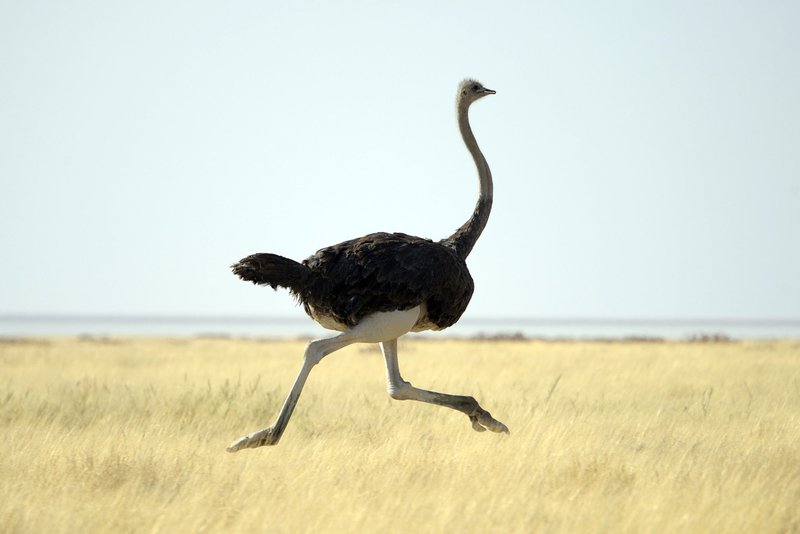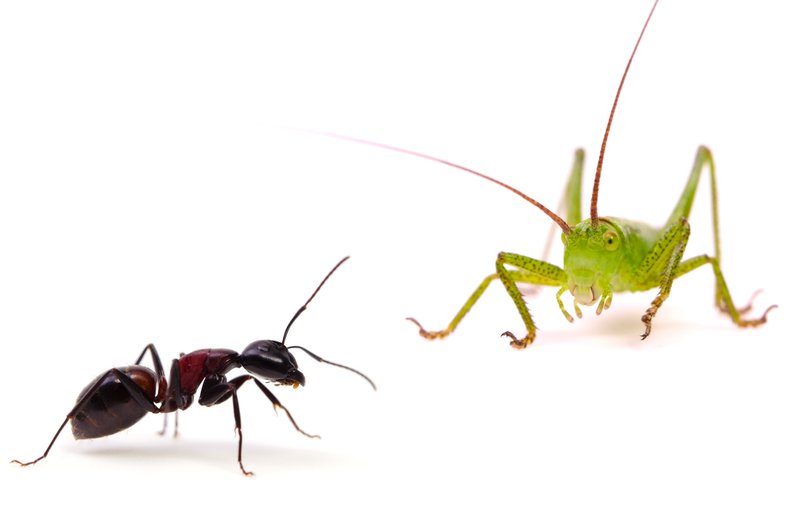
Gordon Pape
Feb. 17, 2020
What is your RRSP personality?
It’s not a trick question. The investment style you use in managing your plan will go a long way toward determining how comfortable your lifestyle will be after you stop work.
I’ve been talking to people about retirement planning for more than 30 years. Over that time, I’ve identified seven animal-related personality profiles that describe how Canadians manage the money they invest in RRSPs. See which group you fall into.
The mouse. Mice are afraid of everything that moves; in RRSP terms, that means not taking any risks with their money. The typical mouse will keep everything in guaranteed investment certificates (GICs), high-interest savings accounts, or money market funds. Mice will never lose anything that way. But the value of their plans will increase at about the same rate as molasses flowing uphill.

The ostrich. These RRSP investors don’t know what’s happening in their plans and don’t really care. Their main concern is the tax deduction that the contribution generates. Once the money is in the plan, they hardly ever look at it. Their approach is the classic invest-it-and-forget-it.
The tortoise. These folks were read the Aesop fable of the tortoise and the hare once too often in their youth. Now they’ve decided to adapt the moral of the story to their RRSP. That implies plodding along with a portfolio that focuses mainly on low-risk, low-return securities like bonds and the funds that invest in them. The returns may not be impressive, but they’re steady and dependable. It’s a dull strategy but not necessarily a bad one. The average Canadian fixed-income fund gained 4.7 per cent annually over the two decades to Jan. 31. Using that rate of return, a 25-year-old tortoise that invests $2,500 a year to age 65 would have an RRSP worth $212,254 at retirement age.
The grasshopper. Bounce here, bounce there, bounce everywhere — grasshoppers are never sure exactly where they are going to land, or how long they’ll stay there. They are always chasing after the latest hot investment idea. When it misfires, they’ll look for something else. The result is a portfolio that is a hodge-podge of securities with no clear philosophy or direction. Maybe it will all work out okay. More probably, it won’t. No matter — they’ll bounce somewhere else.

The ant. Have you ever watched ants closely? I did as a kid and was fascinated by their discipline and industry. There was a job to do and they did it, with no fooling around. The RRSP ant will bring the same personality traits to his or her plan. The money will go in on a regular basis, probably through an automatic contribution program set up through the bank. Their investment strategy will be thought out in advance and executed with precision through the choice of appropriate securities. Their portfolio will be reviewed on a regular basis. If something gets in the way or underperforms, it will be removed. Ants have no mercy when it comes to pursuing their goals.
The mongoose. Perhaps no other animal takes more risks than the Indian gray mongoose. A large part of its diet is comprised of venomous snakes such as the cobra. One false move and it’s all over for the mongoose. The RRSP version of the mongoose takes risks with their money. Sometimes the risks pay off, but if the gamble fails, the RRSP may take a big, perhaps fatal hit. It’s not the ideal way to run a plan.
The squirrel. When it comes to top-class balancing acts in the animal kingdom, it’s hard to beat a squirrel attacking a bird feeder. They’ll go through incredible contortions to get at the sunflower seeds and, to the consternation of bird watchers, they succeed more often than not. Apart from their sense of balance, squirrels have some other admirable traits that RRSP investors might emulate. They build nests to protect themselves from the cold of winter. They store food in anticipation of lean times. In short, they prepare for the future. Balance and planning. Those are the keys to a successful retirement plan. You probably never thought of a squirrel as a role model, but if you adopt those specific traits, your RRSP will probably flourish.


